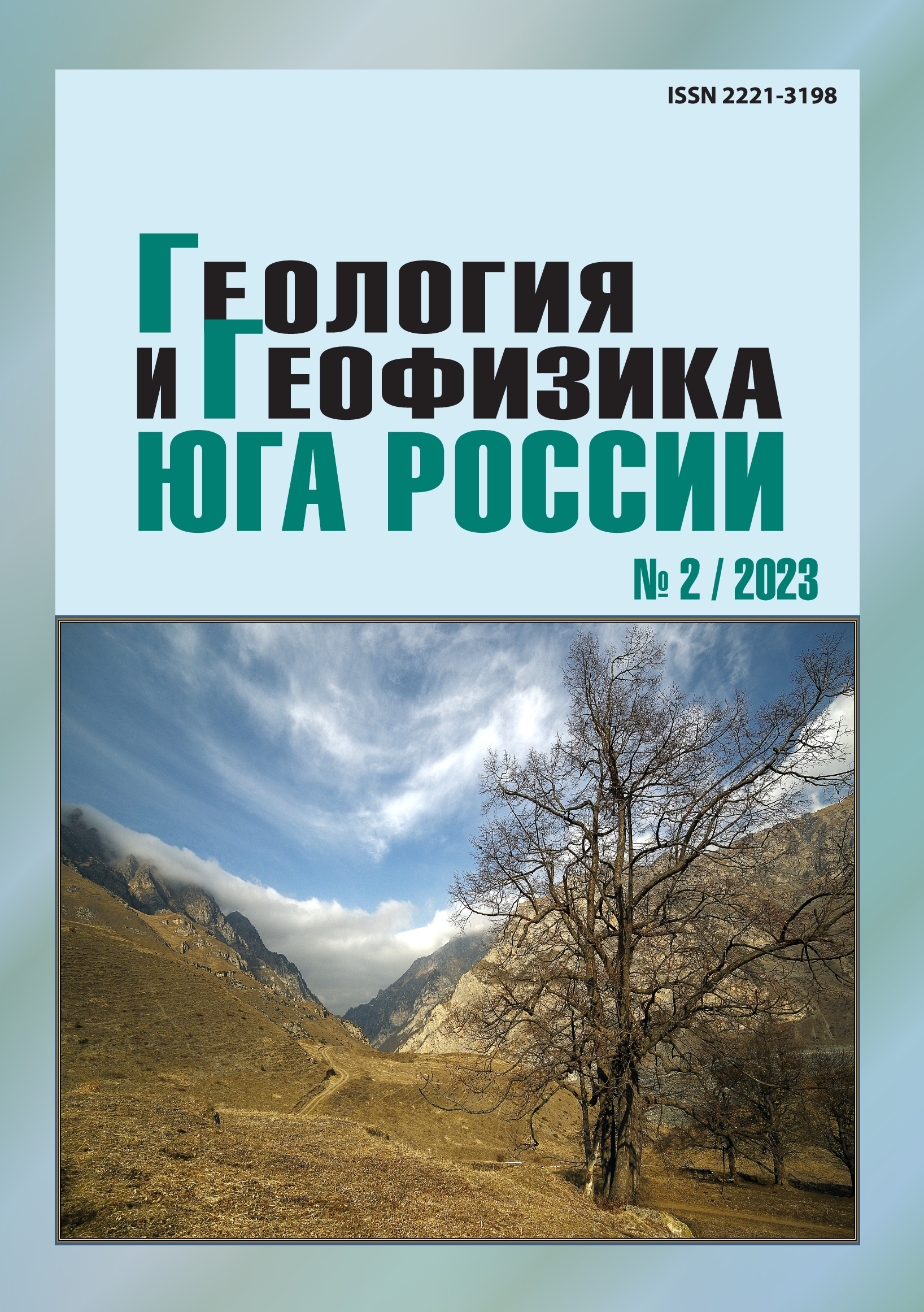GIS analysis of modern changes in the hydrographic characteristics of the river network on the Azo-Kuban plain (Eya river basin)
Abstract
Relevance. Agricultural land in the Krasnodar Territory accounts for 62% of the territory, most of which is located on the Azov-Kuban plain in the steppe river basins. Technogenic transformation of landscapes and river systems of the Azov-Kuban Plain occurs continuously, accompanied by changes in hydrographic characteristics and disturbances in drainage of the territory. This transformation and related water balance changes are still poorly understood. Aim. Quantitative assessment and analysis of ongoing transformations of the water-erosion network on the Azov-Kuban Plain in the basin of the river. Her using common hydrographic characteristics. Methods. In digital modeling based on the global ASTER GDEM DEM network of permanent and temporary watercourses, as well as watershed contours, the basin approach adopted in hydrology and geomodeling is implemented. Recognition of land use types (agricultural land, settlements, water bodies, swamps and forest belts) and elements of the river network in the river basin. It was performed c based on data from Landsat satellite images for the period 1999–2021. Interpretation of satellite images, modeling of the river network, mapping and analysis of spatial data were carried out in a full-featured GIS environment. Operational territorial units are 29 private river basins with area from 70 to 609 km2. Results. The performed studies made it possible to assess the dynamics of land use types and hydrographic indicators (the length of watercourses, the density of the erosion network, the plowing and urbanization of watersheds) in the basin of the river. It covers an area of 8654 km2. Transformations of the hydrographic network are manifested in the widespread reduction in the length of watercourses and a decrease in the density of the water-erosion network. In each of the allocated 29 private pools for 1999-2021. there was a decrease in the length of the streams. In general, in the river basin Its total length of watercourses decreased from 3221 to 2675 km or by 17.1%. The reason is the plowing of the slopes of river valleys, sometimes up to the water’s edge, and the redevelopment of the surface of the watersheds; the consequence is the widespread death of the upper sections of the river and gully network, the reduction in the area of floodplains occupied by moisture-loving vegetation. The obtained results lay the foundation for describing the mechanisms of water exchange and identifying the homeostatic nature of river systems, for sound modeling of the impact of technogenic transformations of landscapes and hydrographic characteristics of river geosystems on water exchange processes and the water balance of the Azov-Kuban Plain.


